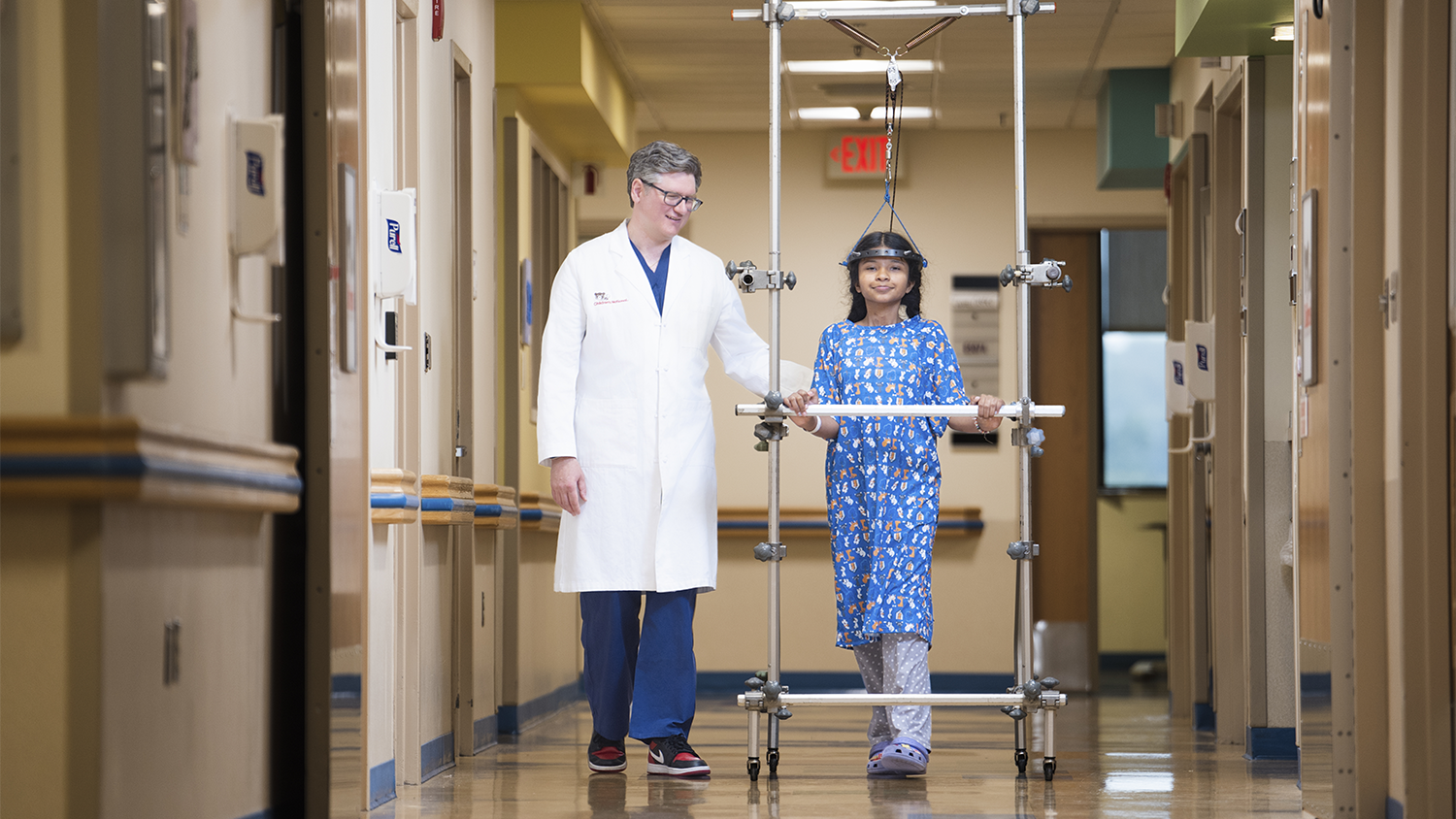Condition
Pediatric Legg-Calvé-Perthes Disease
What You Need to Know
Legg-Calvé-Perthes disease is a rare hip condition that affects children. Over a number of years, a child’s femoral head breaks down and re-forms.
Key Symptoms
Common symptoms of Legg-Calvé-Perthes may include:
- Pain in their hip that gets worse with activity
- Pain in the thigh or knee area
- A limp
- Muscle loss
Diagnosis
Doctors typically diagnose Legg-Calvé-Perthes with:
- X-rays
- Bone scans
- MRI
Treatment
- Rest
- Medicines
- Casting or bracing
- Surgery
- Physical therapy
Schedule an Appointment
Our pediatric specialists provide personalized care for your child’s physical, mental and emotional health needs. Meet our providers and schedule an appointment today.
Frequently Asked Questions
What is Legg-Calvé-Perthes disease?
What causes Legg-Calvé-Perthes disease in children?
What are the symptoms of Legg-Calvé-Perthes disease in children?
How is Legg-Calvé-Perthes disease diagnosed in children?
How is Legg-Calvé-Perthes disease treated in children?
Meet the Providers Who Treat Legg-Calvé-Perthes Disease
Departments that Treat Legg-Calvé-Perthes Disease

Orthopaedic Surgery and Sports Medicine
Ranked among the best in the nation by U.S. News & World Report, our pediatric orthopaedic and sports medicine teams are a top choice for spine deformities like scoliosis, bone health, orthopaedic surgery and other treatments.

Help Kids and Make a Difference
Invest in future cures for some of life's most devastating diseases. Give today to help more children grow up stronger.




